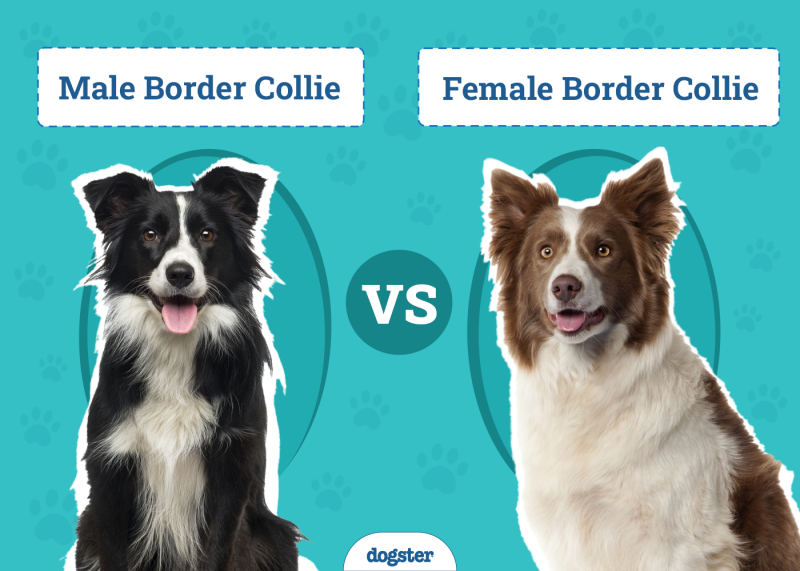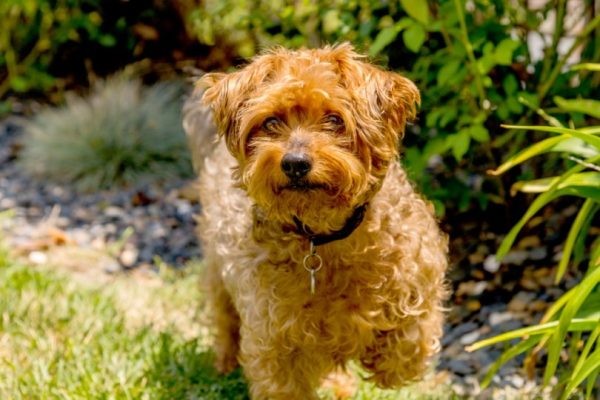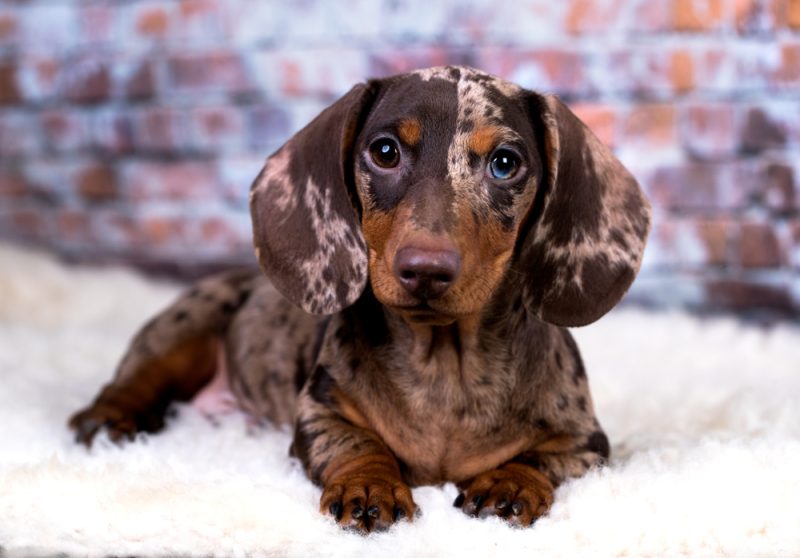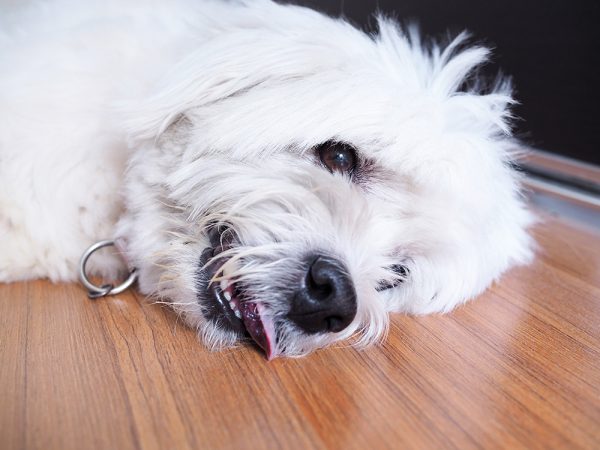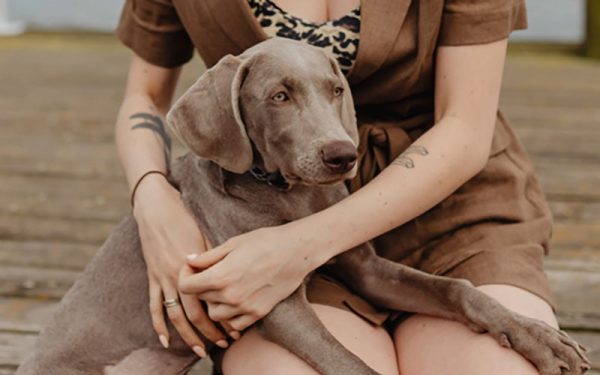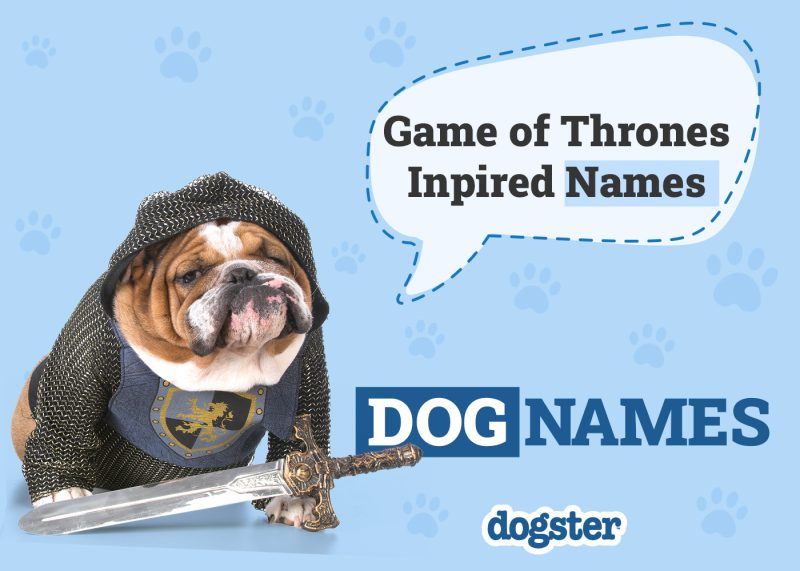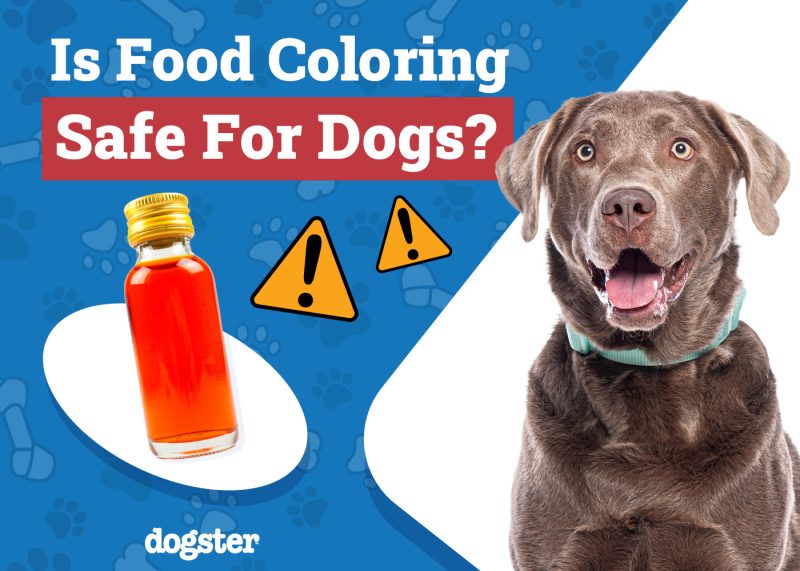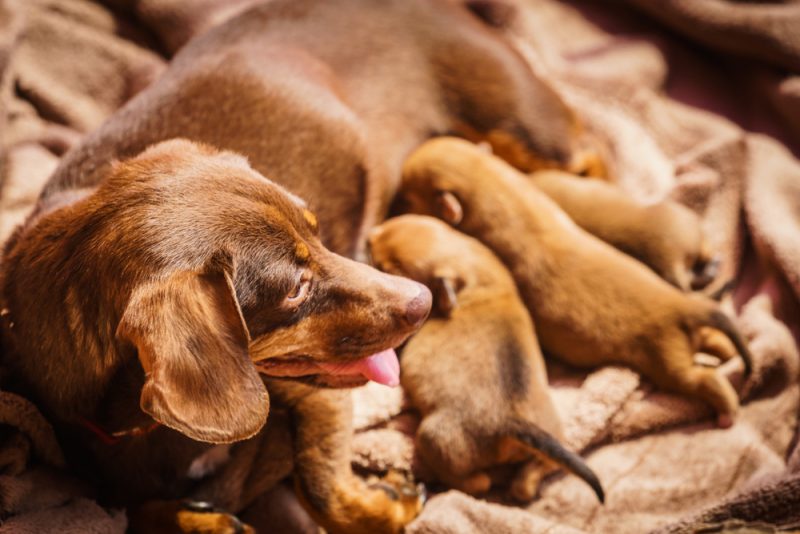Having dog play dates can be a great way to allow them to socialize with their friends and get some exercise. However, anyone who’s ever been to a dog park can tell you that, sometimes, things don’t go as planned when multiple dogs get together. Doggy play dates are often used as an alternative to the dog park since they are a more controlled environment with fewer dogs, but without proper precautions, they can end in disaster! Below are a few tips to keep your dog’s play date going smoothly with as few negative interactions as possible.

The 7 Tips to Avoid Doggy Play Dates Ending in Disaster
1. Ensure All Dogs Are Vaccinated & Dewormed
The most important thing you can do before allowing your dog on a play date is to ensure that all dogs involved are vaccinated and dewormed. This protects not only your dog but everyone else’s dogs as well. And, no, it’s not weird to ask for proof of this. Most dog owners are going to understand the need to ensure your dog is safe!
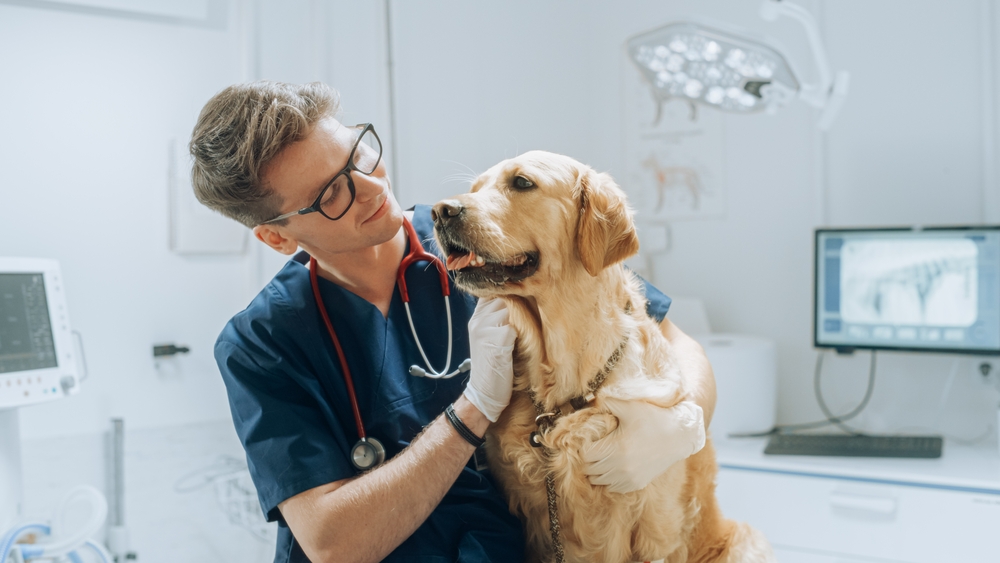
2. Meet on Neutral Ground
You might inadvertently create problems between two dogs by bringing a strange dog into the other’s territory. Introducing dogs to each other on neutral ground allows both dogs to spend their time getting to know each other without having to concern themselves with protecting their territory or their items.
Though not always the case, there are scenarios where allowing dogs to meet for the first time in your backyard or inside of your house can lead to unexpected fights. This largely depends on the dogs involved in the interaction as well since many dogs are very keen on having playful interactions with other dogs that visit their house.
3. Allow for Safe Introductions
The top thing to remember when introducing dogs to each other is that they’re just dogs! You have to be in control of the situation so your dog can safely be introduced to their new friend. In some cases, allowing the dogs to see each other from a distance, calm down, and then move a little closer together until the dogs can sniff each other is an effective way to slowly introduce them. Some dogs may need multiple meetings to meet face to face, while others may be instant friends.
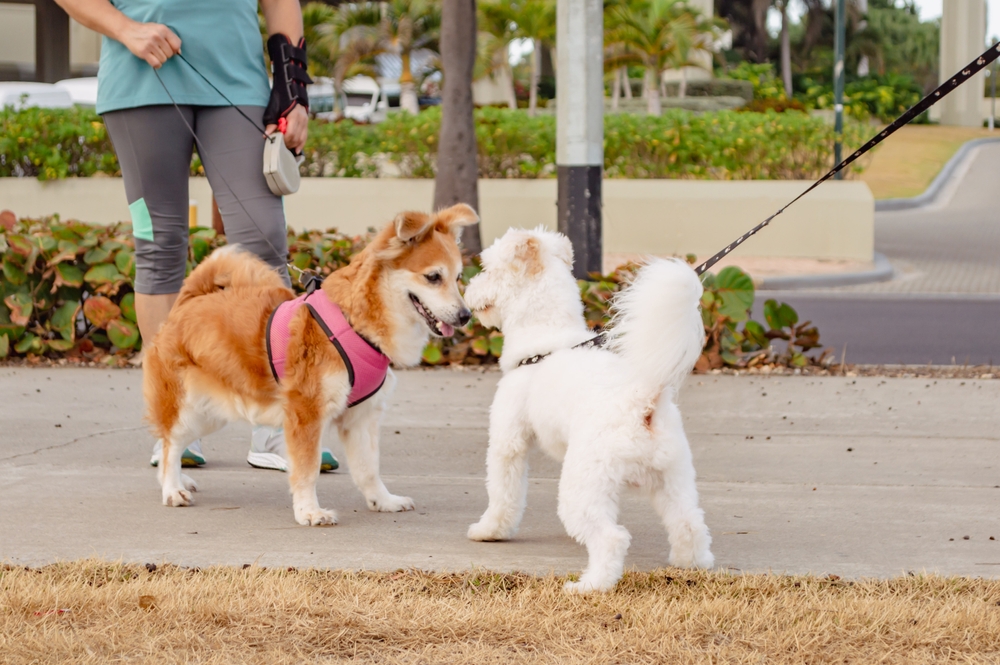
4. Familiarize Yourself With Your Dog’s Personality
It’s your responsibility as your dog’s owner to keep them and other dogs and people safe from anything your dog may do. While many people want to have a dog that loves social situations and gets along well with other dogs, this is simply not always the case.
You should not lie to yourself about your dog. Some dogs will never be comfortable playing with other dogs, and that’s ok! If your dog shows any signs of stress or aggression, then they should immediately be taken out of the situation. Before you consider a doggy play date, thoroughly familiarize yourself with your dog’s behavior and indicators of stress.
5. Say “No” Whenever Needed
Never be afraid to tell other people “no” when you are uncomfortable with the situation. Whether you don’t trust them or their dog or you’re concerned that your dog may not be a good match for theirs, there is nothing wrong with opting out. Choosing to avoid situations that make you or your dog uncomfortable can be the difference between a safe and unsafe situation for both of you.
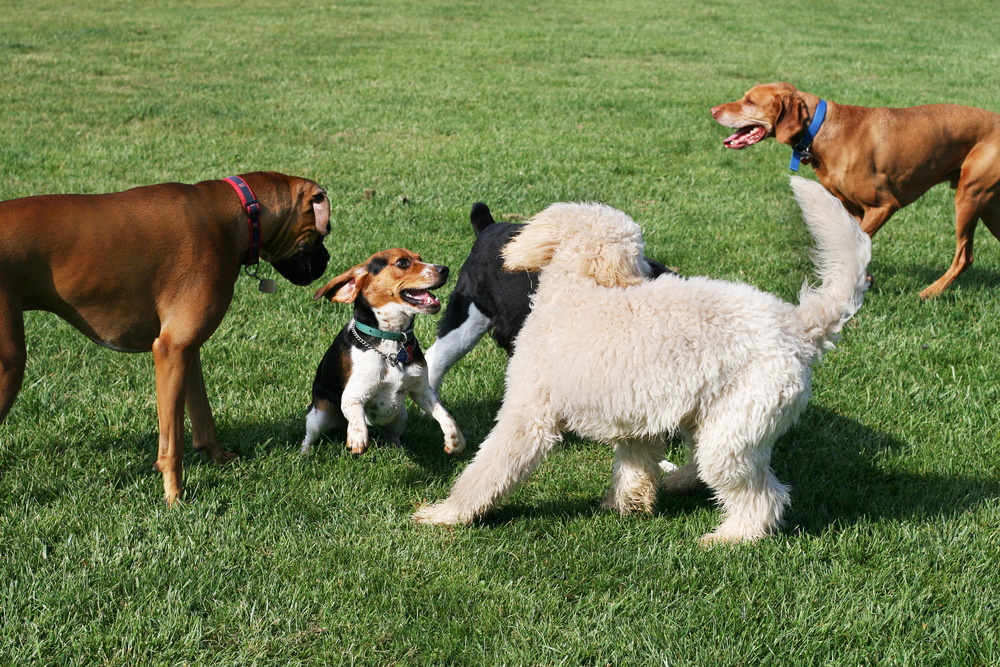
6. Don’t Trust Others if Something Goes Wrong
Sometimes, bad things can happen, even if you’ve taken all the precautions to prevent them.If something goes wrong on your dog’s play date and they end up in a fight, injured, or even missing, do not rely on the other people in the situation to do the right thing. It may sound dramatic, but some people will act in ways you could never expect, including blaming your dog for something they didn’t do, trying to put a financial issue onto you, or even filing a lawsuit.
If something goes wrong, get your dog into a safe situation, and then thoroughly document the situation. Take pictures of both dogs, any damaged property, and anything else that could potentially be needed in case of further problems.
7. Trust Your Gut
Odds are that if your gut is telling you that something isn’t right in a situation, then there’s probably something wrong. If your gut tells you that allowing your dog to play with a specific dog will end in disaster, or trying play dates for your dog with any other dog will be a problem, then don’t do it. If you think that your dog would get along perfectly with another dog, but your gut tells you that something is off with their owner, then it’s best to opt not to put yourself or your dog into a potentially problematic situation.
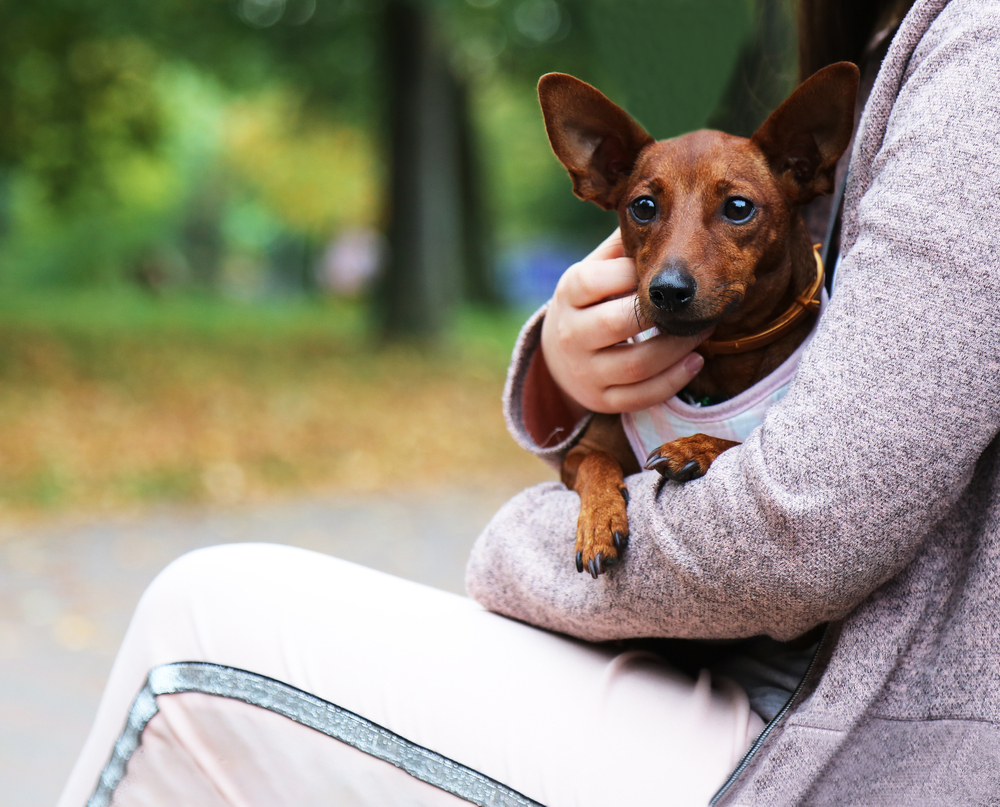

Breaking Up Dog Fights
Unfortunately, dog fights can and do happen when multiple dogs get together. In the event of a fight breaking out during your dog’s play date, it’s extremely important for you to know how to break it up. Oftentimes, people don’t know how to properly break up a fight, which can lead to further injury for the dogs or end in injury for people.
Loud noises, like an air horn or banging metal pots together, may snap the dogs out of it or distract them long enough for you to get them separated. If possible, use an object to separate them. A broom or mop can do in a pinch, but something like a baby gate, piece of wood, or a chair is even better since it will create more space between the dogs.
If there is another person available, you can work together to break up the fight. Try the techniques listed above. If the dogs are still fighting, then you can both grab a dog by their back legs, putting them into a wheelbarrow position, and then slowly walk backward in opposite directions from each other. As you walk back, this will help to disengage the dogs, as well as reduce the risk of either of you being bitten.
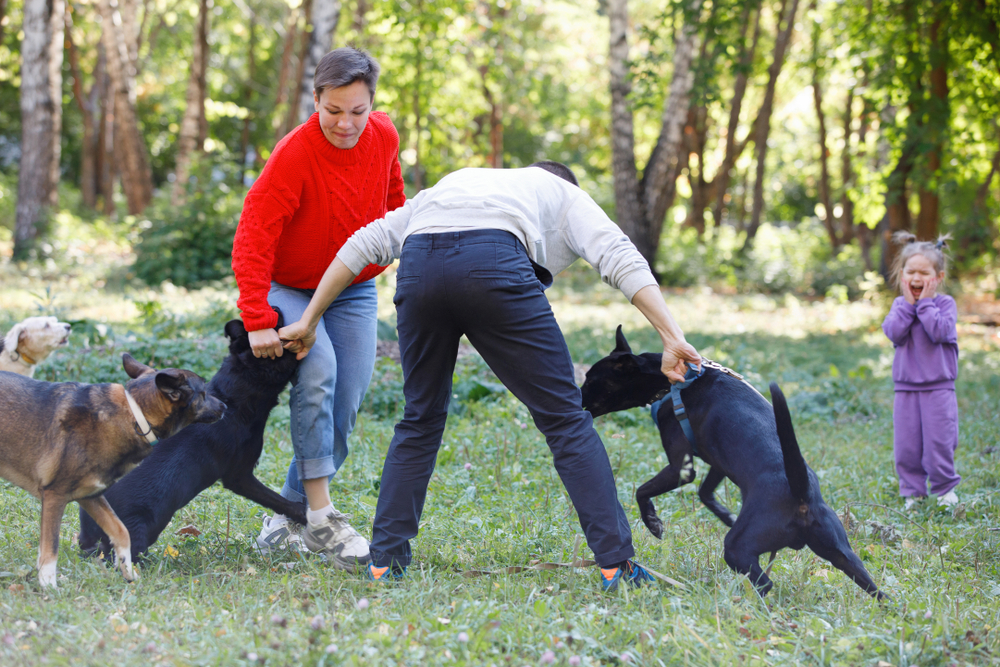

Conclusion
The best way to prevent problems between dogs is to understand behaviors that indicate stress and aggression. Familiarizing yourself with your dog’s typical behaviors and responses can help you know when your dog is starting to get to a point of stress.
Growling, whining, barking, tail tucking, ear flattening, lip licking, yawning, pacing, and excessive sniffing can all be indications of stress. You may also see “whale eye,” which is where your dog’s eyes are so wide that you can see a large portion of the eye’s whites. Keep a close eye on all dogs involved and don’t be afraid to take them home if things get a bit too rowdy!
Featured Image Credit: Image Credit: SunflowerMomma, Shutterstock



